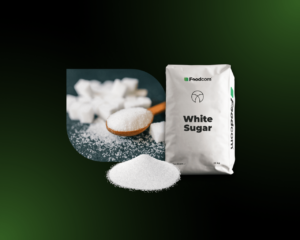- Arabica prices fell by 0.10%, while Robusta rose by 1.46%.
- Rainfall forecast in Brazil is alleviating the effects of drought, lowering Arabica prices.
- Talks are ongoing regarding the possible lifting of US tariffs on Brazilian coffee.
Brazil rains bring correction in arabica prices
After several days of increases, arabica prices have started to fall. The main reason is the forecast of rain in Brazil, which could bring relief after a long period of drought. In the state of Minas Gerais, the most important arabica growing region, only 0.3 mm of rain fell last week. This is just 1% of normal rainfall. However, the upcoming rains could improve conditions for plantations and reduce the risk of losses in next year’s harvest.
Speculation about the possible removal of US tariffs on Brazilian coffee is also influencing the market. The current 50 per cent tariffs have severely restricted exports to the US, so a possible decision to remove them could boost trade and ease price tensions.
Low stocks and supply forecasts limit declines
Despite the declines, the arabica market remains tight. Coffee stocks monitored on the exchanges are now at their lowest in more than a year, limiting the scale of the discount. The limited availability of the raw material means that any change in the weather or a trade decision can quickly affect prices.
On the other hand, robusta, the cheaper coffee grade used in instant blends, among others, is holding up better. Vietnam, the largest producer of robusta, has increased exports and is forecasting a higher harvest next season. This is helping to balance the global market, although investors are still keeping a close eye on the weather in Brazil.
For now, the coffee market remains at a point of equilibrium with hopes of improving weather conditions, but also cautious about how quickly it can change.





